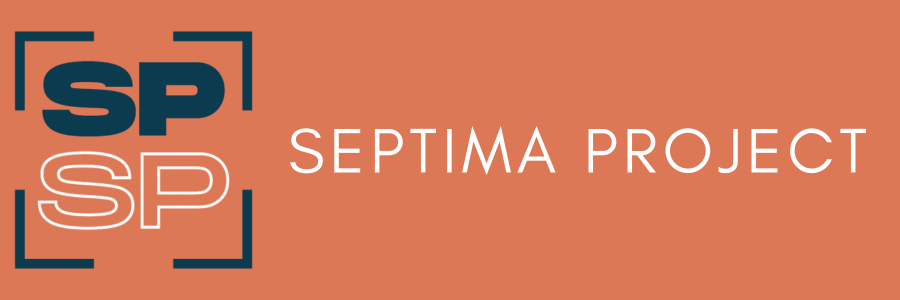What Being in a Band Taught Us About Fighting Racism
Oct 2023
Before we launched the Septima Project, we were one-third of the band Coup Sauvage and the Snips. We know, not exactly the typical equity consultant origin story. But then again, we’re not your typical equity consultants. (I mean, have you heard our take on equity audits and assessments? We have very strong and unpopular opinions on the subject.)
But back to the band. Coup Sauvage and the Snips was formed in 2011 and made music inspired by disco, soul, punk, and everything in between. In our time together, we released a full-length album, an EP, and a 7-inch single. We performed everywhere from the Kennedy Center to underground Brooklyn art spaces, sharing the stage with artists like Mary Timony, JD Samson, and Mykki Blanco. The band was featured in the book Frame of Mind: Punk Photos and Essays from Washington, DC, and Beyond, 1997-2017. We’re even in the DC Punk Archives.
Photo credit: Antonia Tricarico
Known as much for our radical politics as our sequin jumpsuits, we were once called “the city’s newest protest music.” We wrote songs about street harassment, police brutality, and gentrification. We raised money for issues like abortion rights and racial justice. We planned actions to protest displacement, like our Gentrifi-cake-tions project.
It’s not that we set out to be a political band. As DC area natives, it was hard not to be inspired by the city’s DIY roots and history of arts activism. Like a love of Chuck Brown and half-smokes, social justice was just in our DNA. Making music was a way to build community, get our voice heard, and support movements for justice. It was also a way to have hard conversations about topics like race, intersectionality, and structural change.
Music and art are where we learned some of our first lessons in grassroots activism and organizing. Our time in Coup Sauvage and the Snips taught us a lot about what collective action can look like and how we continue the ongoing project of liberation. So much of our work today as the Septima Project was inspired by our experience making music.
Here’s what we learned about antiracism from being in a band:
Dialogue can happen in the most unexpected places. Whether it’s a sweaty dancefloor or onstage at a punk show, talking and learning about issues like race can happen anywhere. Not just in classroom settings or workplace trainings. The most honest and open conversations happen in judgment-free spaces where people feel supported, engaged, and free to grapple with difficult messy topics.
Speak up—often and loudly. White supremacy demands silence. That’s what helps keep racist systems in place. But when we use our voice to challenge, confront, and interrupt racism, we begin to begin to dismantle those systems. Whether it’s shouting into a mic “Don’t touch my hair!” or saying something at work when you witness a microaggression, we need to use our voice.
Meet people where they are. Our band could have made presentations, written reports, or even just led a TED Talk about race. That work is important (okay, maybe not the TED Talk). But we knew our ideas would go down a lot easier when backed by four-on-the-floor beats, vintage synths, and girl group harmonies. People need a way to connect with issues in a way that feels relatable, accessible, and actionable.
Stories can spark change. Advancing racial equity not only requires protestors, policymakers, organizers, and activists. We need storytellers, cultural workers, and artists to help us challenge, complicate, and shift narratives about race and racism. Stories also help us imagine new possibilities and pathways for change. Stories can move us and mobilize us to take action.
Joy is an act of resistance. After the murder of Michael Brown in 2014, the band felt compelled to do something. We could have made a burn-everything-down hardcore anthem. Instead, we took our pain, outrage, and grief and translated those feelings into something celebratory. We made a house track built for the dance floor—a place that has often been a site of liberation for marginalized communities. We need to center joy, laughter, healing, and care, and well…sequins don't hurt either.


